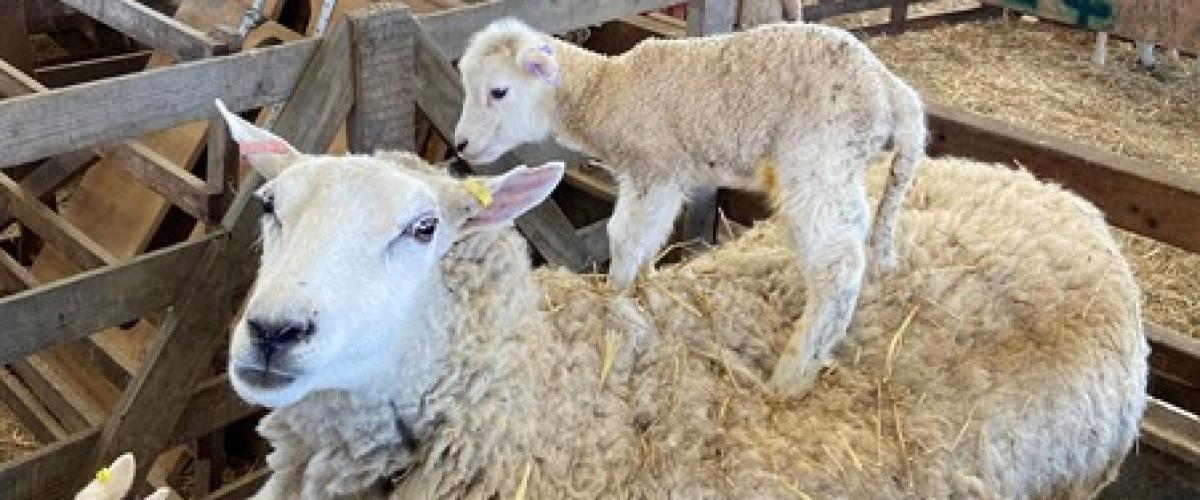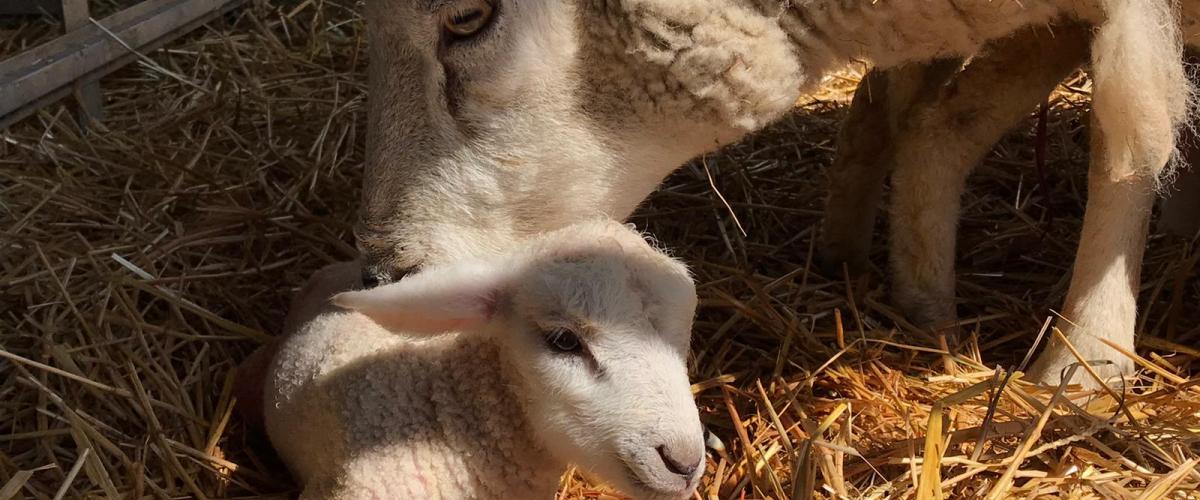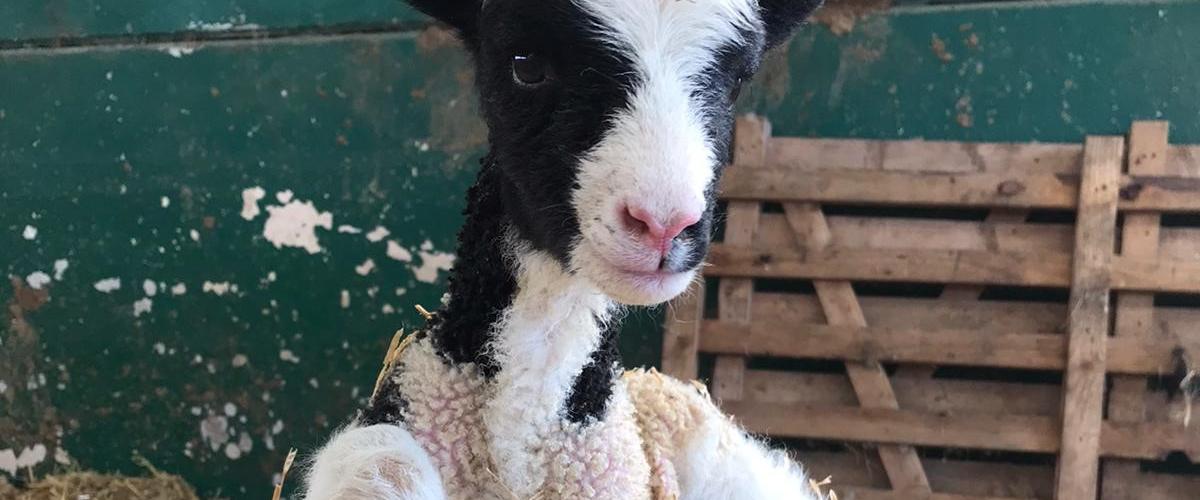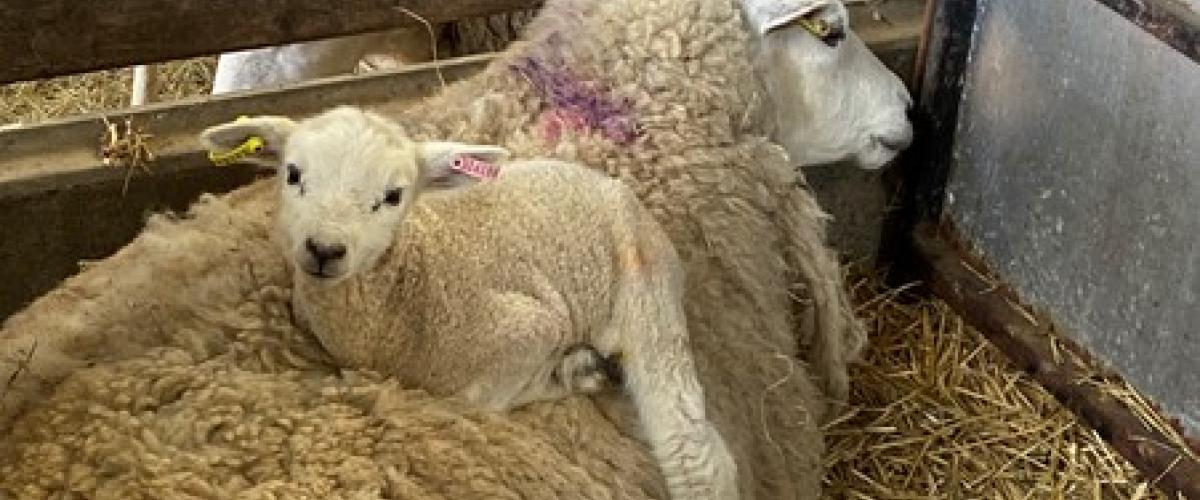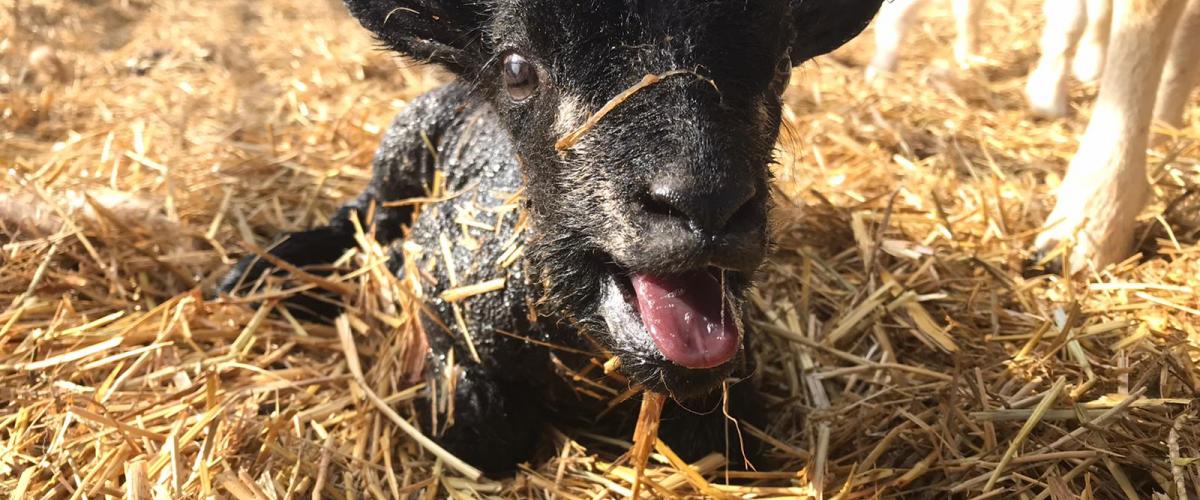What is agroforestry?
At the Heart of England Forest, we believe that forestry and farming can flourish together.
Agroforestry is the practice of mixing forestry and agricultural practices which benefits people, wildlife and the environment. This can mean growing both trees and crops on the same piece of land or allowing animals to wander and feed and shelter in areas of woodland, and assisting with woodland management in return.
This differs from traditional forestry and agriculture by focussing on the interactions between farming and forestry rather than viewing them as completely separate.
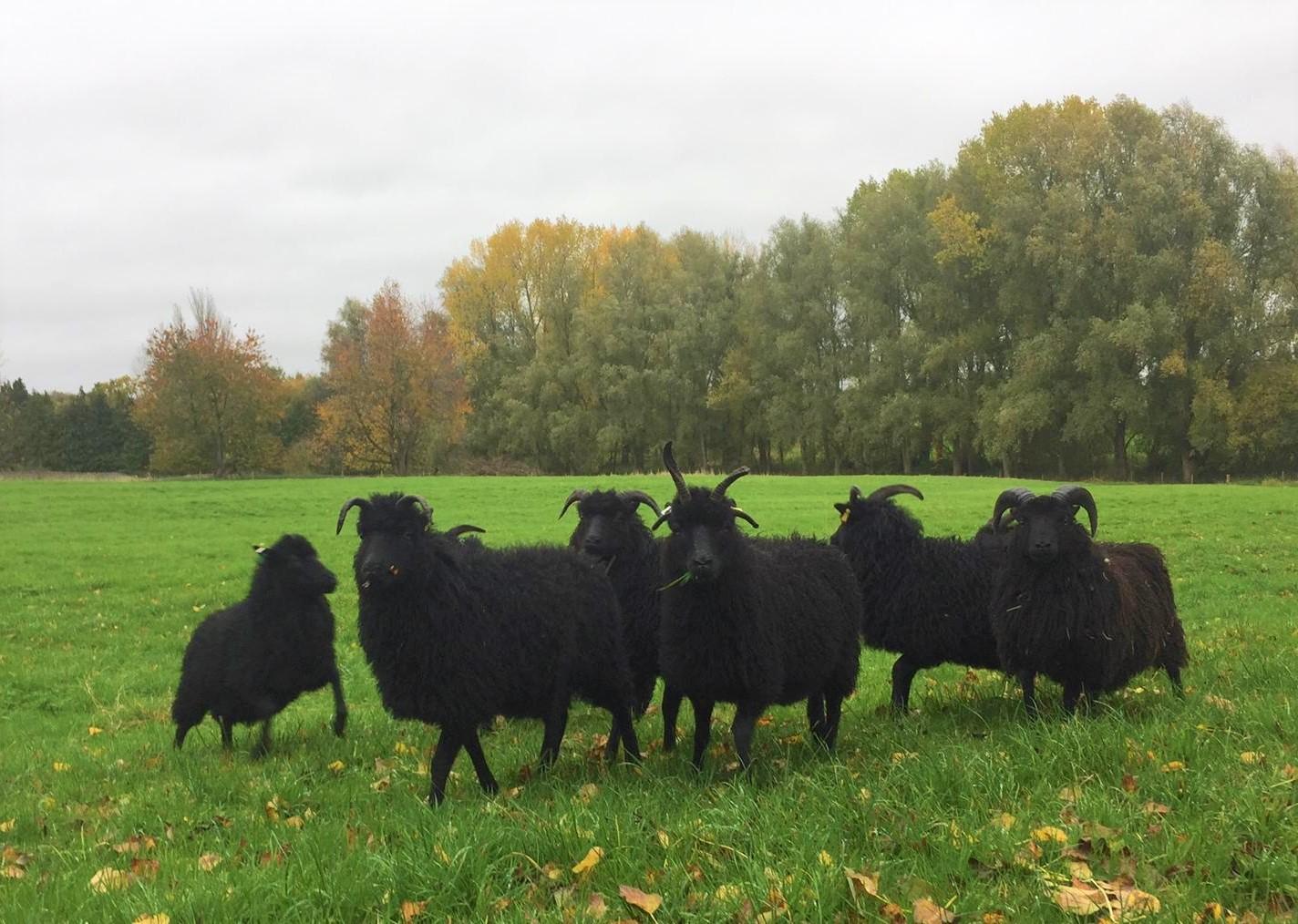
How farming helps the Forest
Farming is a valuable addition to the Forest and benefits us in a number of ways:
- Primarily, it allows us to practice conservation grazing with our animals to help us manage the Forest habitats.
- It also enables us to acquire and manage low production farmland whilst we await any tree planting permissions, and create income that can be fed back into the Forest.
- As an organisation that champions sustainability, we are committed to organic practices that encourage natural crop pest predators, develop healthier soils and habitats, and encourage wildlife-supporting plant species.

Conservation grazing
Grazing animals have been used to shape our landscape for hundreds of years and is often the most effective and sustainable way of maintaining habitats to ensure they remain rich in wildlife.
We use a mixture of our Jacob and Hebridean sheep and longhorn cattle in the Forest. Visitors will begin to see more livestock on some of our walks as conservation grazing becomes more widespread across the Forest.
Main benefits of conservation grazing
- Selective eating - bred for their hardiness, our conservation grazers often prefer to eat the dominant plant species. This leaves space for a variety of other species to become established, leading to a wider diversity of plants.
- Rooting and trampling - some ground disturbance is beneficial, providing new habitats for warmth- loving reptiles and invertebrates, and creating safe spots for new seedlings to flourish.
- Lying and pushing - the weight of the animals has a positive effect on the ground plants and rolling spots can help to increase this mosaic. The horns on the longhorn cattle and Jacob and Hebridean sheep will also help to control tough understorey plants such as brambles and bracken.
- Poo! - Did you know that more than 250 species of insect can be found on British cowpats, which provide a vital source of food for birds, foxes, badgers, and even bats?
How to behave around animals in the Forest
For many, seeing animals adds to the enjoyment of being out in the countryside, but for some it can be daunting to walk through a field where livestock are grazing. The Ramblers website has some useful do’s and don’ts.
Please shut gates and keep dogs on leads when walking through areas of the Forest with grazing animals.


